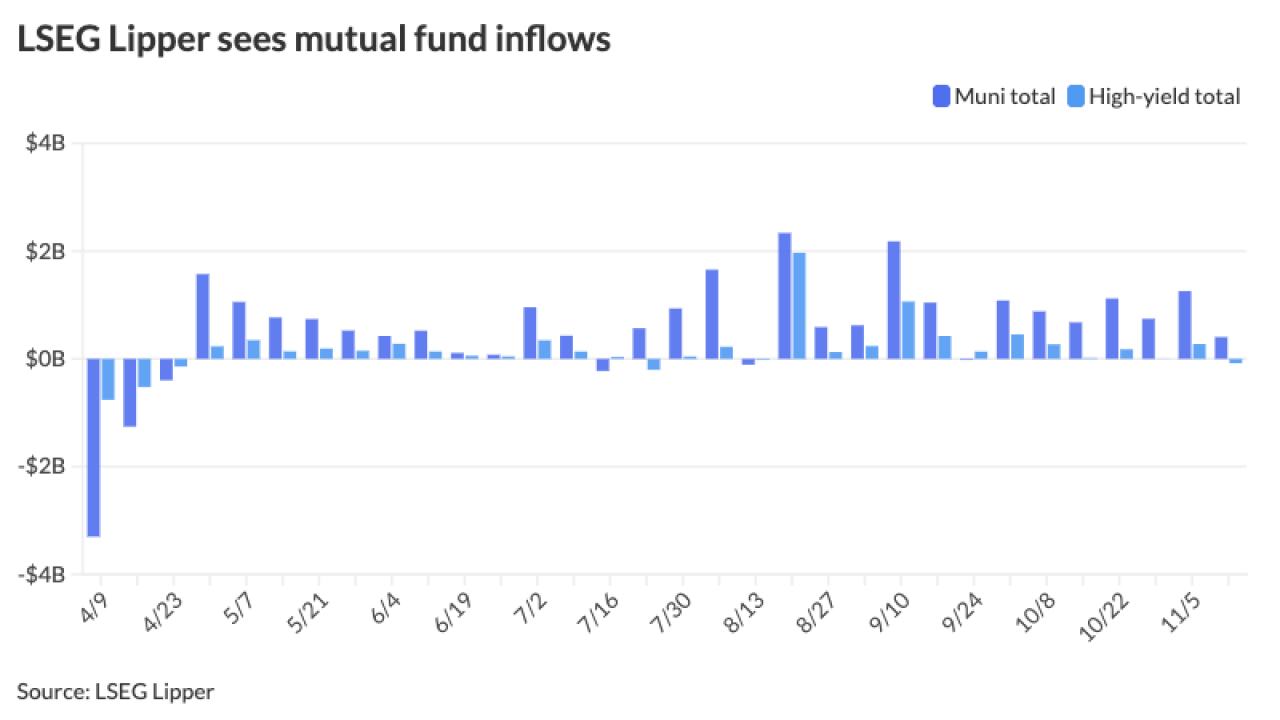WASHINGTON — President Obama wants to freeze non-military discretionary spending for three years to save $250 billion over the next decade, but market participants in states, transportation, and other infrastructure sectors are not panicking yet.
The White House this week announced a plan to curtail non-military discretionary spending — about 17% of the federal budget — that could affect housing, transportation, energy, and health care, among other things. However, some of the president’s high-priority areas, including high-speed rail and other infrastructure projects, could actually benefit, sources said.
Administration officials said yesterday that Obama would make a much-anticipated announcement on high-speed rail today and wants to spend more on the initiative. The $8 billion authorized for high-speed rail projects by the American Recovery and Reinvestment Act has been massively oversubscribed.
“There are going to be programs that receive boosts,” said Michael Bird, federal affairs counsel for the National Conference of State Legislatures. The president is “already showing his hand on certain priorities,” including child care and education programs.
But states would be hurt if the spending freeze includes administrative costs for state-run programs such as Medicaid and food stamps. The administrative costs are discretionary, even though the programs themselves are mandatory, according to Bird.
He also predicted the budget will include amalgamations of similar programs, although those changes “are very hard to get through Congress,” Bird said.
Meanwhile Rob Nabors, deputy director of the Office of Management and Budget, told reporters in a teleconference call Tuesday that the spending cuts will not affect a jobs bill that President Obama wants Congress to approve this year.
“The president is very focused right now on putting people back to work,” Nabors said. The spending freeze is “something looking into the future in 2012,” he said, but this year is focused on creating jobs.
Democrats in the Senate are working on a mini job-creation bill that is reported to include $80 billion of new spending, including infrastructure and state assistance funds. The House already approved a jobs bill that included infrastructure funding.
Transportation market participants are unsure how the proposal would affect them, partly because of the unique process by which states and localities receive federal transportation aid. Trust fund outlays from the highway and airport accounts are based on two things: budget authority, which is mandatory, and obligation limitation, which is basically a state highway contracting cap decided by Congress.
“The concern is, we view investing in transportation infrastructure as a long-term capital investment, and it is not just an annual funding appropriation,” said Jeff Solsby, spokesman for the American Road and Transportation Builders Association. “Our hope is the Obama administration shares that view.”
The administration last year proposed moving highway funds into a discretionary category, making them subject to the annual appropriations process. That idea caused an uproar among members of Congress and the transportation industry.
Clean water infrastructure was flooded with money in the past year, at least compared with other programs that did not receive funding under the Bush administration.
If the president and Congress freeze “clean water at a couple billion [dollars per year] that’s not terrible,” especially considering all of the funds water received in the ARRA, said Rick Farrell, executive director of the Council of Infrastructure Financing Authorities.





